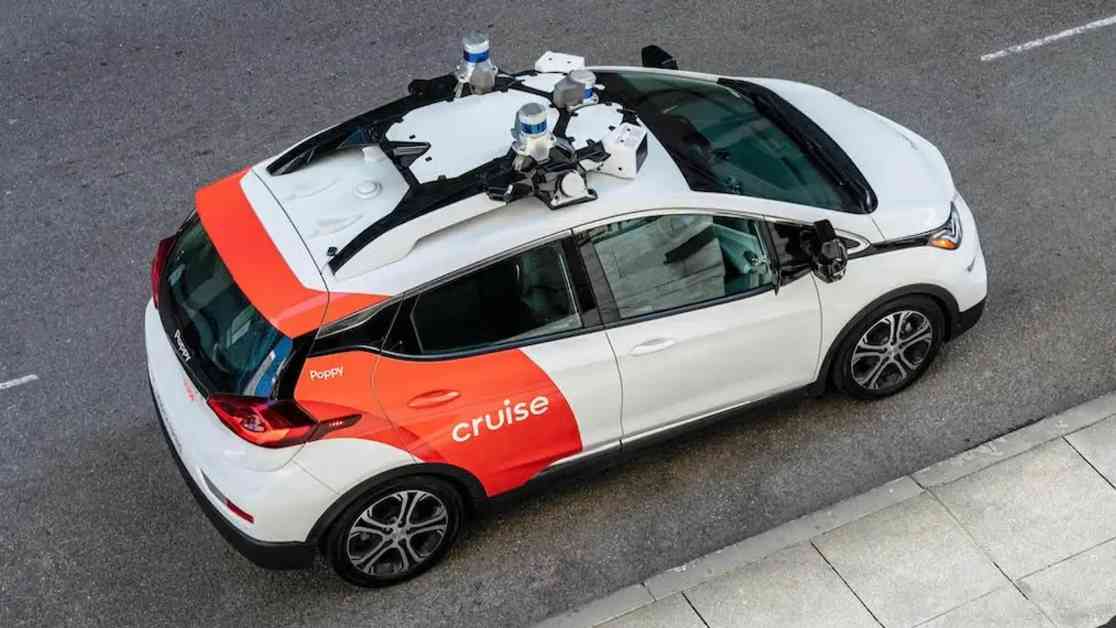General Motors has announced a recall of nearly 1000 robo-taxis in the US due to a software fault that caused a pedestrian to be dragged down the road by an autonomous car. This incident also led to the suspension of the robo-taxi operator’s permits in California. In the latest update, General Motors’ self-driving subsidiary Cruise is facing a $US1.5 million fine for failing to provide details about a car accident in 2023 involving one of its autonomous taxis hitting a pedestrian.
According to reports, Cruise employees allegedly tried to dissuade the NHTSA from investigating the incident, and the company submitted reports that failed to disclose that the pedestrian had been trapped under one of its self-driving cars. While GM Cruise has settled the NHTSA safety probe, it is still under investigation by the US Justice Department and the Securities and Exchange Commission.
The recall of all 950 vehicles from the Cruise ‘robo-taxi’ program is the largest fleet of autonomous driverless cars in the US. The safety concerns arose after an incident caused by a software error resulted in a pedestrian being dragged down the road. General Motors suspended its Cruise program in October, along with the robo-taxi operator’s license in California, and paused work on the Cruise Origin, a six-seat robo-taxi shuttle without a steering wheel or controls for a human driver.
The NHTSA issued a voluntary recall in partnership with GM to address software issues that could cause Cruise vehicles to respond improperly after a crash. The company stated that Cruise AVs are designed to achieve a minimal risk condition after a collision, as required by California regulations and federal AV guidance.
Following the incident in San Francisco where a pedestrian was hit by a hit-and-run driver and then by a Cruise robo-taxi, Cruise stated that similar collisions are possible every 10 to 100 million miles of driving but is working on a software update to improve safety. The company may issue additional voluntary recalls as their software improves to enhance safety across their fleet.
In response to the incidents, Cruise has initiated technical, safety, and community engagement work streams, including the search for a Chief Safety Officer who will report directly to Cruise CEO, Kyle Vogt. The company aims to rebuild public trust and improve their operations to ensure the safety of their autonomous vehicles.
As the investigation continues and General Motors works to address the software fault in their robo-taxis, it is essential for companies in the autonomous vehicle industry to prioritize safety and transparency to gain public trust and ensure the reliability of their technology.










